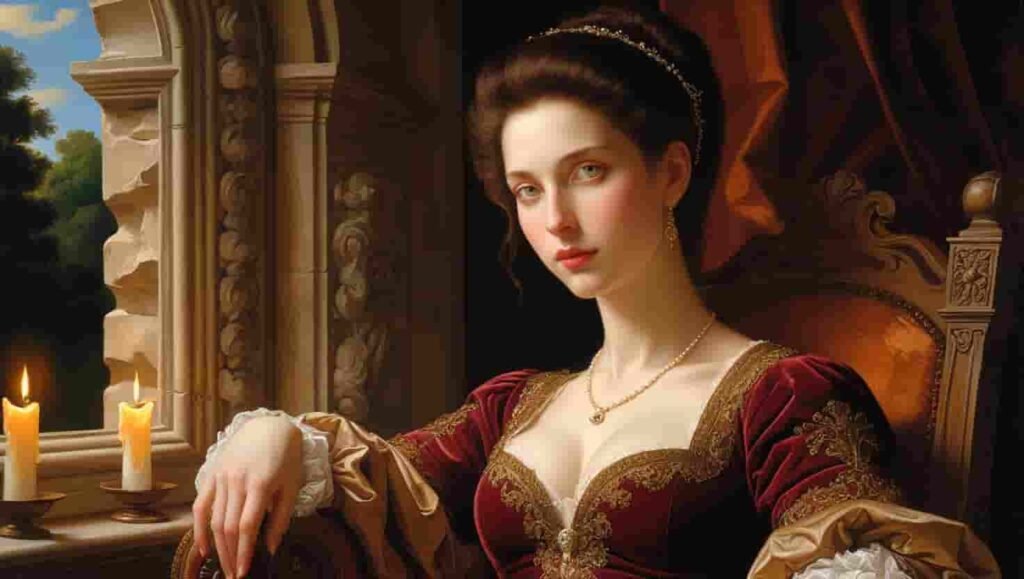Introduction
The boundary between art and architecture stands as one of the most fascinating frontiers in human creativity. From the sweeping lines of the Yale Art and Architecture Building to the meticulously curated collections of the Avery Architectural and Fine Arts Library architects and artists have long engaged in a profound dialogue through their work. This exploration delves deep into the intersection where structural design meets artistic vision examining how architectural elements transform into compelling works of art and how artistic principles shape the buildings that define our skylines.
The Foundation: Understanding Architecture as an Art Form
The Historical Perspective
The debate over whether architecture qualifies as art traces back to ancient civilizations. The Greeks viewed architecture as the mother of all arts positioning it at the pinnacle of creative expression. Their temples served both functional and aesthetic purposes demonstrating how utility and beauty could coexist harmoniously. The Romans expanded upon this philosophy developing architectural innovations that would influence design for millennia.
During the Renaissance master builders like Filippo Brunelleschi elevated architecture to new artistic heights. Their work demonstrated that buildings could be more than mere shelters – they could serve as three-dimensional canvases for expressing mathematical precision artistic vision and cultural values.
Modern Interpretations
Today’s architectural landscape presents a complex tapestry of artistic expression and functional design. Contemporary architects like Frank Gehry and Zaha Hadid have pushed the boundaries of what buildings can be creating structures that challenge our perception of space and form. Their work demonstrates how modern architecture often transcends its utilitarian roots to become large-scale sculptural art.
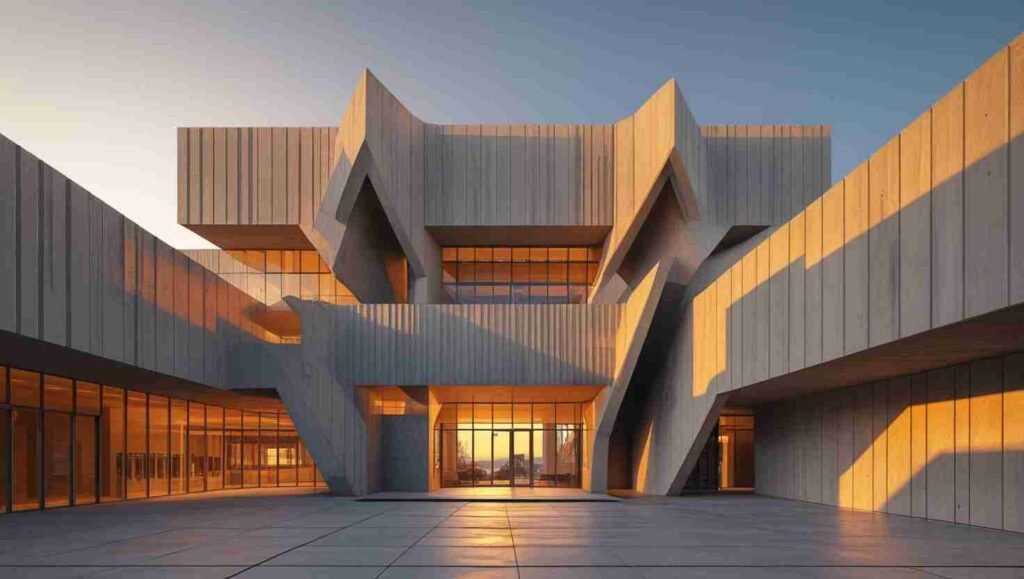
The Yale Art and Architecture Building: A Case Study in Artistic Architecture
Revolutionary Design Philosophy
The Yale Art and Architecture Building designed by Paul Rudolph stands as a testament to the fusion of artistic vision and architectural functionality. Completed in 1963 the building represents a bold statement in Brutalist architecture showcasing how raw concrete can be transformed into an expressive medium.
Structural Innovation
The building’s distinctive features include:
- Textured concrete surfaces created through a unique bush-hammering technique
- Complex spatial arrangements that create dynamic interior experiences
- Strategic use of natural light through carefully positioned windows
- Multiple levels connected by intricate circulation patterns
Cultural Impact
The Yale Art and Architecture Building has influenced generations of architects and artists. Its bold design choices continue to spark discussions about the relationship between form function and artistic expression in architectural design.
Architectural Lines in Art: The Visual Language of Design
Fundamental Principles
The use of architectural lines in art represents a crucial bridge between these two creative disciplines. Artists have long incorporated architectural elements to:
- Create depth and perspective in two-dimensional works
- Establish visual hierarchy within compositions
- Express concepts of order and structure
- Challenge traditional spatial relationships
Contemporary Applications
Modern artists increasingly embrace architectural elements in their work. This synthesis manifests in various forms:
- Installation art that transforms spaces through architectural intervention
- Digital art incorporating architectural modeling techniques
- Mixed media works that blend building materials with traditional art supplies
- Photography focusing on architectural subjects and patterns
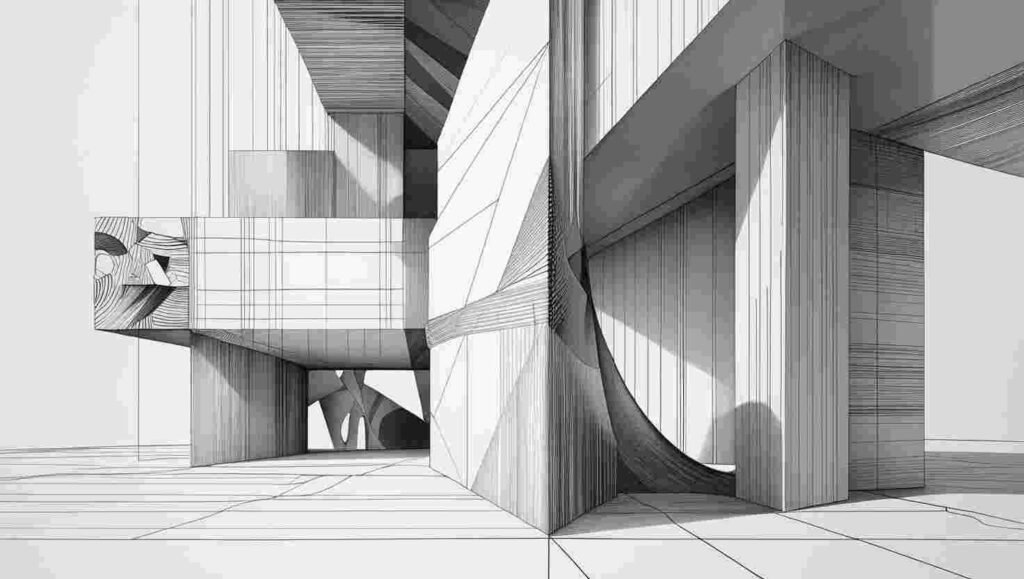
The Role of the Avery Architectural and Fine Arts Library
A Repository of Knowledge
The Avery Architectural and Fine Arts Library at Columbia University stands as one of the world’s premier resources for studying the intersection of art and architecture. Its vast collection includes:
- Rare architectural drawings and prints
- Historic building plans and documentation
- Theoretical texts spanning centuries
- Contemporary publications on architectural innovation
Research and Innovation
The library serves as a crucial hub for scholars artists and architects exploring the relationships between these disciplines. Its resources support:
- Academic research into architectural history
- Study of artistic movements in architecture
- Development of new architectural theories
- Preservation of important historical documents
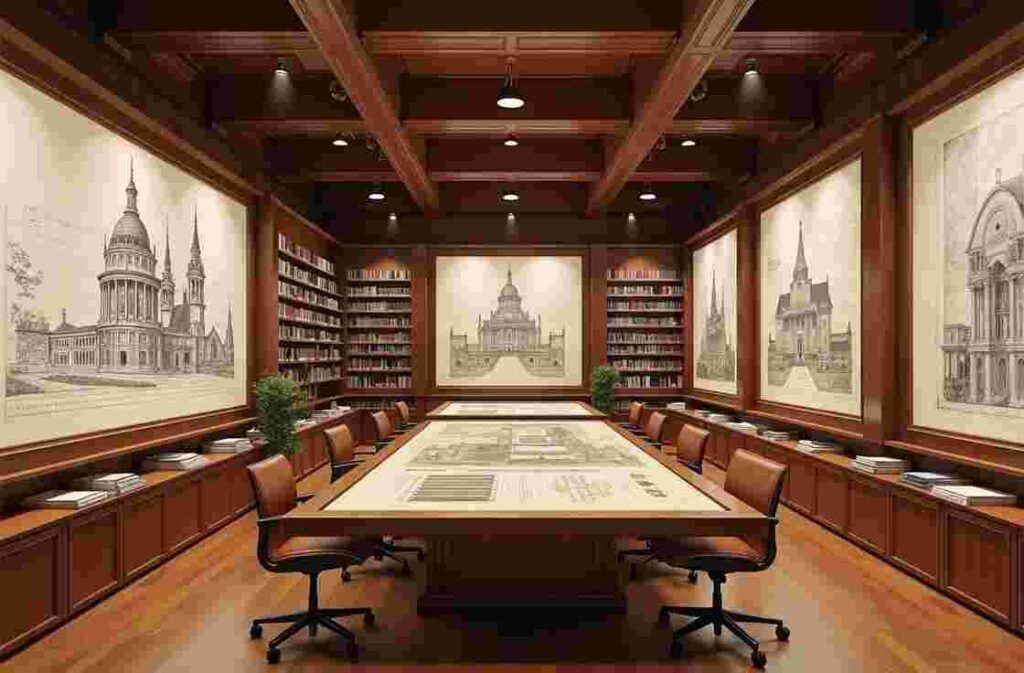
Architectural Wall Art: Bridging Interior Design and Architecture
Evolution of Architectural Wall Art
The concept of architectural wall art has evolved significantly over time. From ancient frescoes to contemporary installations this art form demonstrates how architectural elements can be incorporated into interior spaces.
Modern Applications
Today’s architectural wall art takes many forms:
- Large-scale murals incorporating architectural elements
- Three-dimensional wall sculptures inspired by building design
- Mixed media installations that interact with architectural spaces
- Digital projections that transform building surfaces
Design Principles
Successful architectural wall art considers:
- Scale and proportion relative to the space
- Integration with existing architectural features
- Material compatibility with the building structure
- Visual impact from multiple viewing angles
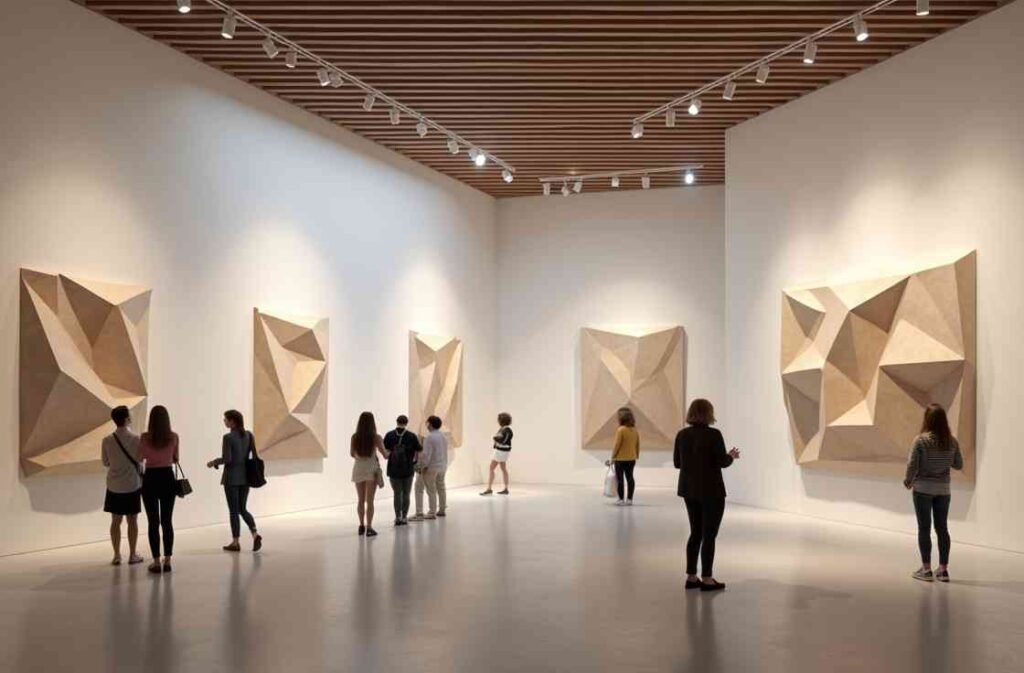
The Future of Art and Architecture
Emerging Trends
The relationship between art and architecture continues to evolve through:
- Advanced digital design tools
- Sustainable building practices
- Interactive architectural elements
- Integration of smart technology
Sustainable Innovation
Future developments focus on:
- Eco-friendly building materials
- Energy-efficient design solutions
- Biophilic architecture incorporating natural elements
- Adaptive reuse of existing structures
FAQ
What makes the Yale Art and Architecture Building significant?
The Yale Art and Architecture Building is significant for its innovative Brutalist design bold use of materials and influence on architectural education. It represents a crucial moment in modern architectural history.
How do architectural lines contribute to artistic composition?
Architectural lines provide structure depth and visual organization in artistic compositions. They help create perspective guide viewer attention and establish spatial relationships within artwork.
What role does the Avery Architectural and Fine Arts Library play in research?
The Avery Library serves as a vital resource for scholars researchers and practitioners studying architecture and art. It houses extensive collections of historical documents drawings and publications.
How can architectural wall art enhance interior spaces?
Architectural wall art can define spaces create focal points add visual interest and complement existing architectural features. It helps bridge the gap between interior design and architecture.
What is the relationship between modern art and architecture?
Modern art and architecture share many principles including emphasis on form function materials and spatial relationships. They often influence and inspire each other.
How is technology changing architectural design?
Technology enables more complex designs better visualization tools improved material analysis and integration of smart features in buildings.
What makes architecture different from other art forms?
Architecture uniquely combines aesthetic expression with practical functionality requiring consideration of structural engineering human needs and environmental factors.
How do artists incorporate architectural elements in their work?
Artists use architectural elements through perspective drawing structural forms spatial relationships and material choices to create compelling artwork.
What impact does architectural design have on human experience?
Architectural design significantly influences how people interact with spaces affecting mood behavior productivity and overall well-being.
Conclusion
The relationship between art and architecture continues to evolve shape our built environment and influence creative expression across disciplines. From the iconic Yale Art and Architecture Building to contemporary architectural wall art these fields demonstrate the endless possibilities when artistic vision meets structural design. As we look to the future technology sustainability and human experience will further blur the lines between these disciplines creating new opportunities for innovation and expression.
Understanding this intersection helps us appreciate the built environment as both functional space and artistic achievement. It challenges us to consider how future developments might continue to push boundaries. while maintaining the delicate balance between utility and beauty that has characterized the best architectural works throughout history.


